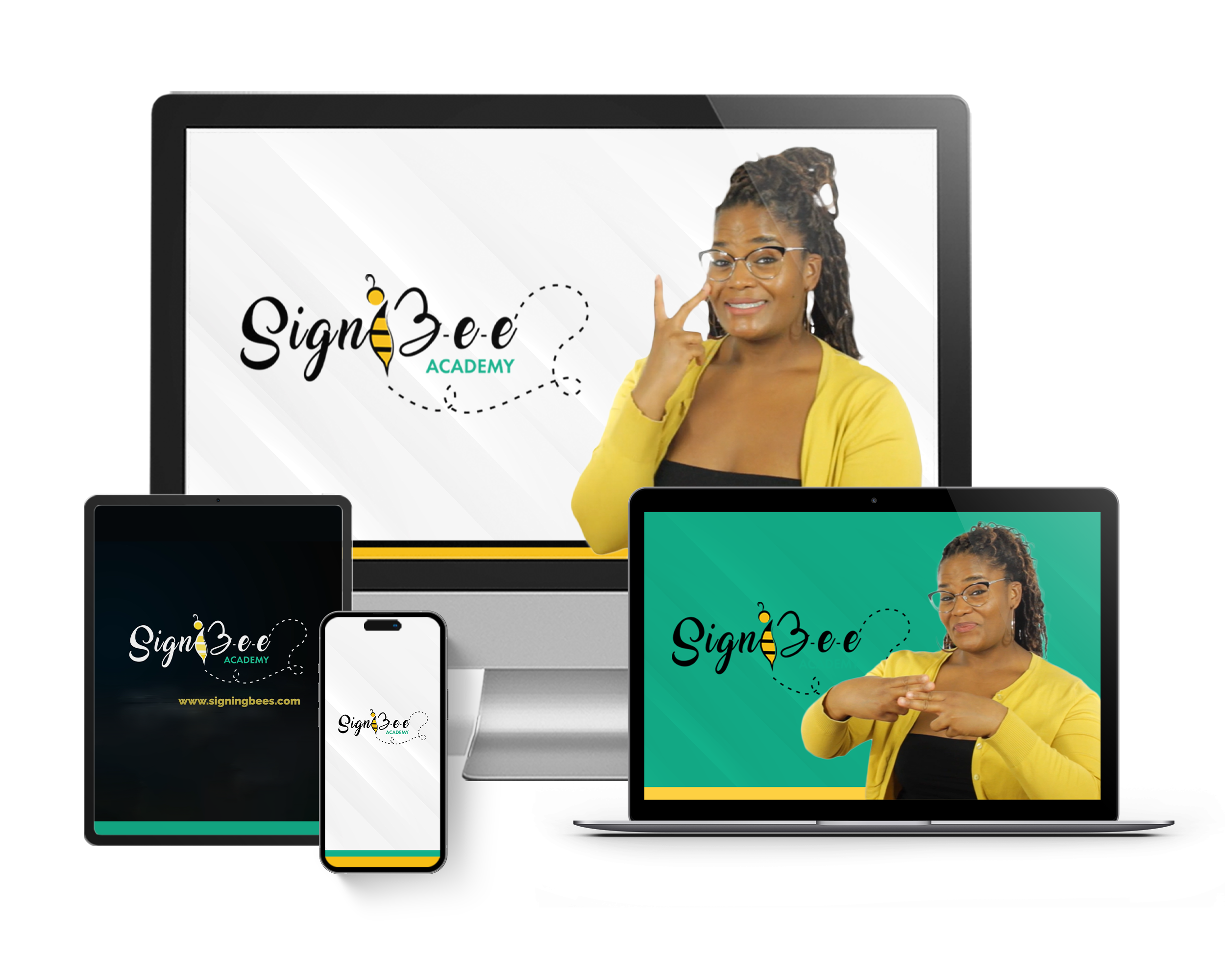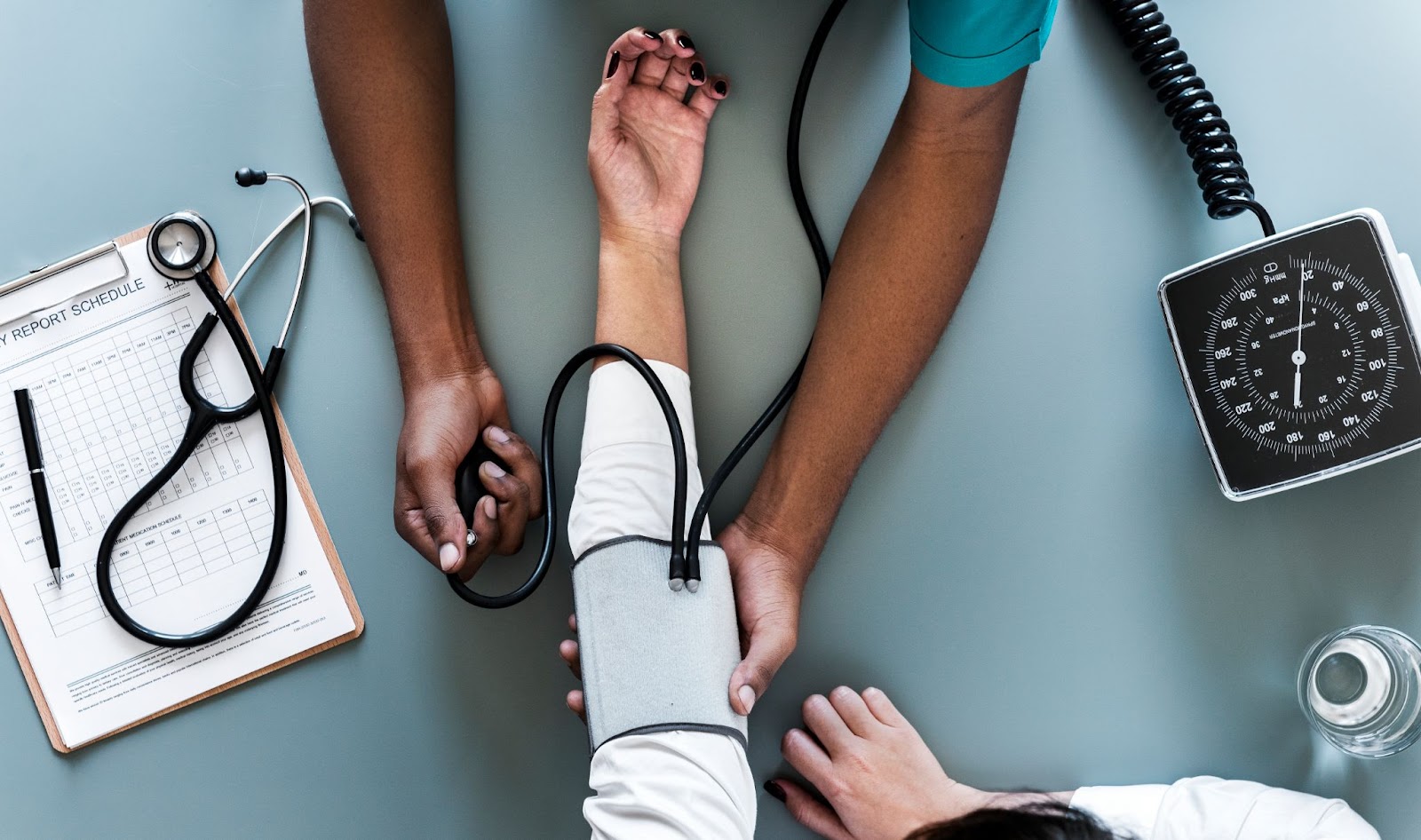The mainstream hearing population who are not physically disabled in any form, do not necessarily display concerns regarding their abilities to access healthcare and other services available in society except for the capacity for them to meet the financial obligations that come with accessing these services. It is not the same for those who are disabled, deaf, or hard of hearing.
How do Deaf individuals generally access healthcare and other services in society and what are their struggles in accessing these services, if there are any? These questions are what this article sheds light on.
Different Ways Deaf Individuals Access Healthcare and Other Services Including Online Services
The problem of deaf individuals accessing services is created by a common factor which is a communication gap. So, in resolving this, various service providers should seek to close the communication gap that exists between the hearing populace and deaf individuals. The following are ways by which this can be achieved:
Through Interpreting Services
Image by Freepik
Whether this happens to be a common occurrence or not, one tool deaf individuals use to access healthcare is interpreting services provided by Medical facilities and other service providers (ASL interpreting services or lip reading services).
Various service providers must be ready to spend the necessary resources needed to ensure this. One way is recruiting ASL interpreters in the institutions who will always be ready to interpret the needs of deaf individuals as they come.
Through the Assistance of People and Loved Ones Around
Some deaf individuals are privileged to have people who take it upon themselves to see to their welfare. These people may not always be around the deaf individuals who are relatives or friends of theirs but in cases of emergencies, they make sure that they are always there to help these access either the healthcare or other services that they need at that time by ensuring that they get these needs across to the service providers.
Through the Use of Pictures/Pictograms
Image by Freepik
Deaf individuals can use specific mapped pictures to gain access to services. The ability for organizations to place easy-to-understand pictures/pictograms at strategic positions in their organizations shows they are proactively creating channels for deaf individuals to access their services. Simple pictures are one of the tools deaf individuals make use of.
Through the Use of Written Words
Where spoken language fails, then comes the power of written words. Especially for deaf individuals who can read, using text is a way they access services. This is the reason why some organizations promote the use of SMS/text modes of communication. This is also where captioning and transcribing come in.
Some apps help to convert speech to text for deaf individuals.
Through the Use of Light Signals
The center of communication for deaf individuals relies mostly on signs, symbols, and signals. Light signals indicating various information can be a useful tool and another way by which deaf individuals can access services.
Through the Use of Robotic Online ASL translators
Have you opened a website and seen ASL hands on it, showing the presence of a robotic translator ready to give an interpretation of the text? This shows a forward-thinking strategy by computer experts finding ways to ensure that any deaf individual can access and understand their online product/information.
The Struggles Deaf Individuals Have to Overcome in Accessing Various Services
As much as is done to ease the burdens of deaf individuals, they still face certain harsh realities. This forms the core of the daily struggles they have to overcome to access various services.
The Scarcity of Communication Tools Suitable for Deaf Individuals
Looking at the different ways deaf individuals access healthcare and other services, one will think that everything has been made available for them to meet their needs. The truth remains that these communication tools are scarcely available. When next you walk into a health facility or any public or private organization, pay careful attention to what is being provided to attend to Deaf individuals.
The Lack of Sensitivity Sometimes Exhibited By the Hearing Populace
This could be a result of the minimal deaf education/awareness that surrounds those who can hear, although this does not in any way excuse their insensitive actions– which can sometimes be seen displayed in their failure to exercise patience /extra attention to deaf individuals trying to navigate their ways to accessing society’s services.
Fear of Dependence on Others
Sometimes, deaf individuals with little communication tools constantly struggle with coming to terms with the reality of having to depend on one or two individuals to get access to certain services. They are afraid to be a bother even when they are not. This struggle is one that these sets of deaf individuals have to personally and deliberately overcome, sometimes, every day.
Have You Heard About:
The Americans With Disabilities Act?
It aims to prevent discrimination against disabled people in different life sectors, including communication, transportation, and employment.
The Equality Act 2010?
That came into existence with the purpose of fighting against discrimination that takes place against gender, race, and disability in workplaces and society at large.
Section 508 of the Rehabilitation Act?
This requires that Information and communication technology (ICT) must be made accessible to the disabled by government agencies, with some exceptions.
Assistive Listening Tools?
These tools aim to aid the listening abilities of deaf and hard-of-hearing individuals to help them access some services.
Conclusion
As mentioned earlier, ASL is relevant in helping deaf individuals communicate and access various services but they (deaf individuals) are not the only ones who should learn and use ASL.
This article points out that for society to function properly, people must continue to ensure that they play a minimal role in widening the gap between the deaf and their access to healthcare and other services.
One way of doing so is learning the major communication tool of the deaf and hard of hearing which is sign language.
SignBee Academy offers ASL learning resources to help you achieve this goal.
Thumbnail Photo Credit to: Image by rawpixel.com on Freepik






